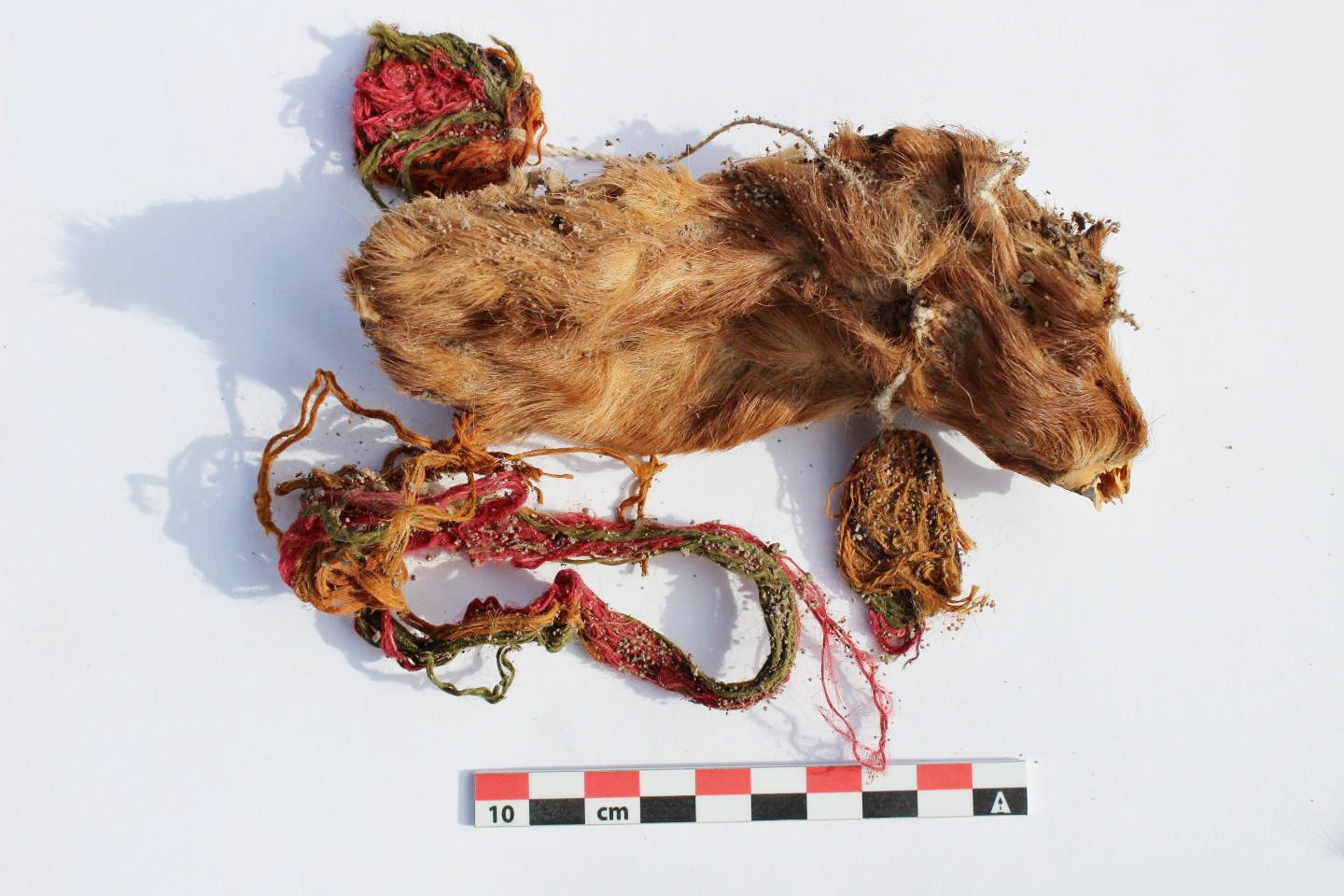Today, when you mention the small rodent called Guinea Pig, you think of a cute pet playing with kids. Cartoon characters have been created based on the animal in several kids films, and they can be purchased across the world, far from their native lands. However, a new ancient burial ground of the Inca Empire has revealed they had a much more important role in society 400 years ago, a select food of the Gods.
Table of Contents
What was discovered?
According to NewsWeek, at least one hundred Peruvian Guinea Pigs found in a sacred tomb of the Tambo Viejo Inca site. Some of these furry critters are still so well preserved, as shown in photos, fur and ritual wardrobe had not yet experience rot. The visible condition of the small mammals made it clear, the Guinea Pig’s role in society at this time is more significant than once expected. Also, scientists who made the burial find, have never seen such as site.
These rodents have long been known as a Peruvian delicacy. Massive Animal sacrifice is not new to scientists either. However, no one knew before this discovery that Guinea Pigs were dressed up in earrings and yarn fashions before being offered to the Inca Gods. It’s almost as if the little creatures were seen as a royal animal, given luxury treatment, before being entombed and sent to the heavens.
Why were they buried?
It’s believed that Guinea Pigs were being sacrificed to the Gods as a food offering. Most of the mammals found were a young specimen. Incas preferred eating them while young because of there meat was softer and less likely to have the disease. Therefore, it was presumed the Gods they worshipped would also want the most tender and clean meat as well.
It appears that the Inca people may have stopped performing the rituals of dressing Guinea Pigs after the arrival of Spanish. These 100 specimens were found in two locations next to a public plaza of the legendary community. This may have been because the culture felt oppressed and chose to practice certain rituals away from the view of the war-hungry Spaniards.
All of the pigs were buried beneath the flooring which the conquistadors walked. The well-preserved animals show signs of asphyxiation. Likely buried alive, perhaps Inca people believed they would walk into the ‘underworld’ or afterlife, similar to stories of Greek mythology. This is simply speculation, however. Professionals are analyzing the two sites where the 100 Guinea Pig sites were found to put a story together.
Role of Peru Today
Today, Guinea Pigs are still important to the descendants of the Inca and Peruvian people in general. With the popularity of the animal as a pet skyrocketing, it gave the economy a much-needed boost in the early 2000s (video report). National Agricultural University La Molina, developed a farm site to breed the popular rodent in healthy conditions. The school told the Associated Press in 2015 that the university as helping fuel the needs for protein in local communities. Also, NAULM was exporting pigs to other countries to generate revenue for various projects.
Guniea Pig Maintenance
As a much-enjoyed food source, the small animals have been a pet to Peruvians for centuries. Many foreign owners of these critters could learn a lot about how to upkeep their piggies from the people of Peru. Such knowledge is compiled on various sites. SmallPetJournal has a list of fruits Guinea Pigs can eat, but even beyond this, there is much more to know.
See below a video of an example of how the Inca kept Guinea Pigs in their homes during ancient times. This gives an idea of how closely the Inca were tied to their protein food source.








